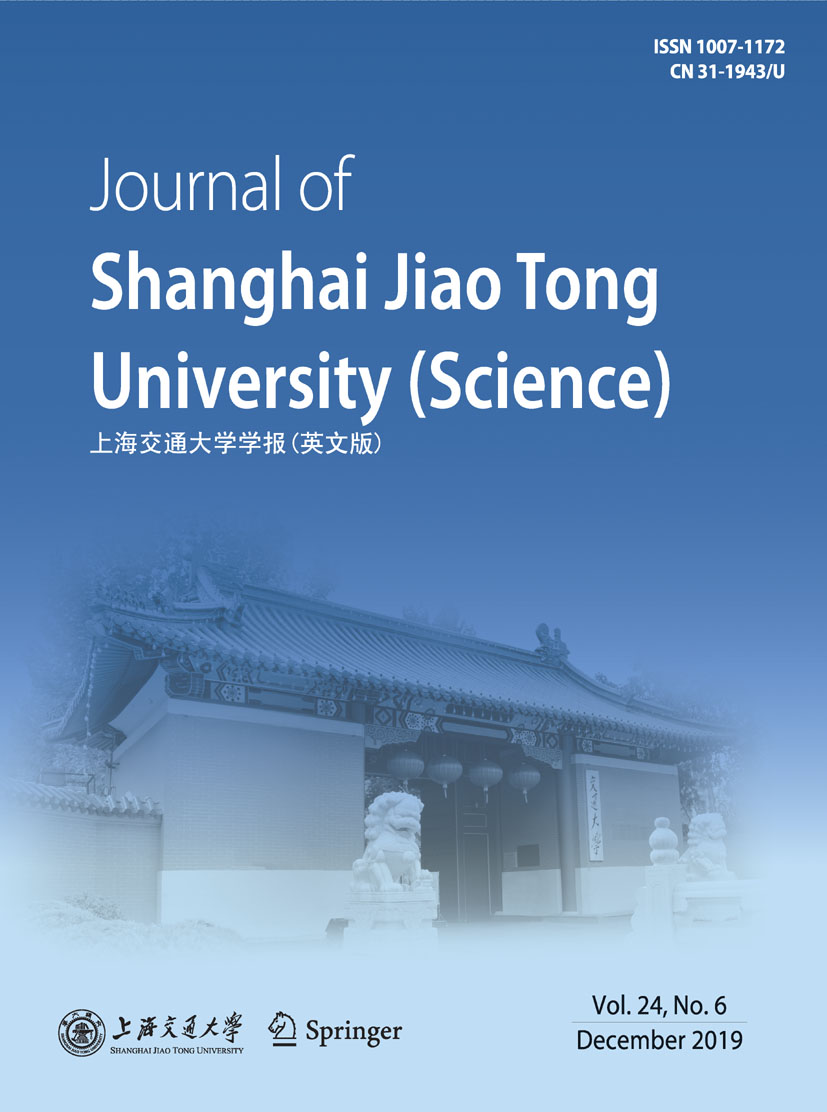|
|
Reduction of Brain Injury After Stroke in Hyperglycemic Rats via Fasudil Pretreatment
LIU Jianyu (刘健宇), MU Zhihao (木志浩), WANG Liping (王丽萍), WEN Ruoxue (闻若雪), WANG Yongting (王永亭), YANG Guoyuan (杨国源), ZHANG Zhijun (张志君)
2019, 24 (6):
723-731.
doi: 10.1007/s12204-019-2127-x
Diabetes is usually associated with cerebrovascular disease, especially stroke. In practice, fasudil
is widely accepted to be applied for the treatment of vascular disease. This article demonstrates the study
concentrating on the effects of fasudil pretreatment on the prognosis of diabetic stroke. 250—300 g Sprague-
Dawley rats were randomly divided into three groups, non-diabetic stroke group, diabetic stroke group, and fasudil
pretreatment group. The rats of diabetes group were treated with intraperitoneal injection of streptozotocin (60
mg/kg), in the meantime the same dose of citrate buffer was injected into those of the control group. The rats of
the fasudil group received daily fasudil intraperitoneal injection at 10 mg/kg for three consecutive weeks. After four
weeks, all the rats of the experimental group were treated with middle cerebral artery occlusion for 90 min. After
sacrifice, the fresh brain samples were collected for following experiments, including infarct volume, edema volume,
blood-brain barrier (BBB), which were detected by immunohistochemistry. Inflammatory factors were examined
by real-time polymerase chain reaction (RT-PCR) using tissue Ribonucleic Acid (RNA). The concentration of
blood glucose is 15 mmol/L or more, which proved that the diabetes model was a success. Fasudil pretreatment
decreases the percentage of stroke mortality of diabetes from 43.75% to 31.25%, while the infarction volume
decreases from 52.95% ± 12.7% to 45.97% ± 6.7%. Gap formation of tight junction and Immunoglobulin G
(IgG) leakage were reduced (P < 0.05), and the expression of inflammatory factors decreases (P < 0.05) in
fasudil pretreatment after diabetic stroke. Diabetes aggravates the mortality of cerebral ischemic rats. Prolonged
fasudil pretreatment can reduce mortality of diabetic stroke, decrease cerebral infarction volume and undermine
inflammatory factors expression, and protect the BBB.
References |
Related Articles |
Metrics
|

